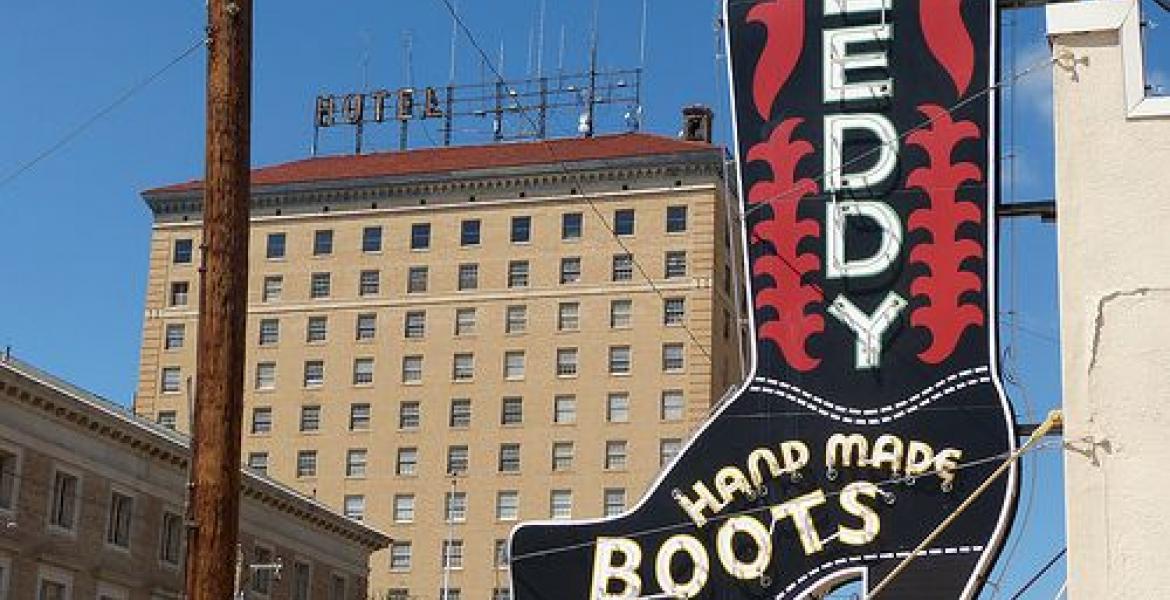PENTAGON — (Press Release) The Trump administration has asked the U.S. military to help shelter thousands of undocumented migrants, including unaccompanied children who illegally crossed the U.S. southern border. For the Pentagon, the request is not new.
"The Department of Defense has a long history of providing assistance to our interagency partners in order to help them accomplish their mission," Pentagon spokesman Tom Crosson told VOA.
During the Obama administration alone, the military housed nearly 16,000 unaccompanied migrant children on five military bases after they were detained by the U.S. Border Patrol.
Those bases were Lackland Air Force Base, part of Joint Base San Antonio in Texas, Naval Base Ventura County in California, Fort Sill in Oklahoma, Holloman Air Force Base in New Mexico and Fort Bliss, one of the two bases in Texas that the current administration has chosen to house thousands of detained migrants.
Mark Greenberg, a former acting assistant secretary of health and human services who worked in the department's Administration for Children and Families during the Obama administration, said his department asked the military for help various times after "large, sudden, unexpected increases in the number of children" arriving at the border.
"What had been 2,000 to 3,000 [unaccompanied migrant] children arriving each month grew to 10,000 each month," he told VOA.
More than 11,000 migrant children who illegally crossed the U.S. border are currently in custody at about 100 standard shelters in 14 states, according to HHS. When those beds fill up, costly temporary shelters must be set up in order to help with the overflow.
The call for additional shelter space comes as the overall apprehension of migrants trying to illegally cross into the United States is down, from about 1.6 million in 2000 to about 304,000 last year.
"From the headlines, people sometimes think that we are facing a very large increase in border crossings. In fact, the numbers in 2017 were the lowest they had been since 1971," Greenberg said. "They are on track to be higher this year, but still low in historical terms."
However, a migrant population once principally made up of Mexican adults has now seen large increases of families and unaccompanied children from Central America.
Family units grew from 3 percent of all apprehensions at the border in 2012 to 14 percent of all border apprehensions in 2014 to 24 percent of all apprehensions so far in 2018. In addition, the number of unaccompanied child detainees has jumped from 7 percent of apprehensions in 2012 to 13 percent this year.
Why call the Pentagon?
The Defense Department is often called on to help with the overflow because it owns vast amounts of land across the country, but that is not the only reason military spaces are selected for housing migrants.
Standard migrant shelters are all subject to state licensing requirements, but facilities on federal property, including military bases, are not, making them valuable to administration officials who do not have the time needed to go through what can be monthslong licensing processes.
When using Fort Bliss to house detained migrant children in 2016, for example, a former Obama administration official told VOA her team was quickly able to use unoccupied barracks on the base.
"When we still needed more beds, we put up semipermanent structures on the land adjacent to the barracks," she said.
The Trump administration has decided to use land at Fort Bliss and Goodfellow Air Force Base in Texas for the “construction of facilities" to house migrants, according to defense officials.
The Department of Homeland Security, which will be using Fort Bliss to shelter detained migrant families, has specifically requested the construction of "semi-separate, soft-sided camp facilities capable of sheltering up to 4,000 people" at three separate installations.
The Department of Health and Human Services will be using Goodfellow Air Force Base to house unaccompanied migrant children caught illegally entering the United States.
Pentagon spokesman Army Col. Rob Manning told reporters on Monday that the Pentagon, in concert with the Departments of Homeland Security and Health and Human Services, was looking at additional bases to "manage the impact on the installations that were selected."
Refugee shelters
In addition to housing migrants detained at the border, the military has also sheltered refugees on occasion, including about 20,000 of Kosovo's refugees at Fort Dix, New Jersey, during the late 1990s, and more than 110,000 Vietnamese refugees at Anderson Air Force Base in Guam in the 1970s.
Retired Army Colonel F. Lee Reynolds, who served at Fort Dix during the operation to shelter refugees fleeing the war in Kosovo in 1999, said military officials "did everything they could" to meet the needs of those staying on base.
"Whether it's refugees, detainees or displaced people, their health and welfare is number one," Reynolds told VOA.
At Fort Dix, U.S. soldiers kept refugee families and neighborhoods together as best they could. Reynolds said military representatives would meet with elders in the refugee population each day to discuss any issues that arose during their stay.
He recalled one instance when his fellow soldiers provided extra milk in the dining facilities because they had been told the Kosovar community drank a lot of it. Days went by, but the refugees did not drink it.
"Finally we asked the group leaders why no one was drinking the milk, and they said, 'Because your milk is like water,' " Reynolds said.
After discovering the cultural difference, the military replaced the dining facilities' reduced-fat milk with whole milk to satisfy the refugees.
Under the Trump administration's request, the sorting and feeding of migrant detainees caught illegally crossing the border will be carried out by the Homeland Security and Health and Human Services departments, but U.S. officials say details are still being worked out.
Subscribe to the LIVE! Daily
Required






Post a comment to this article here: